Lebanon — voila!
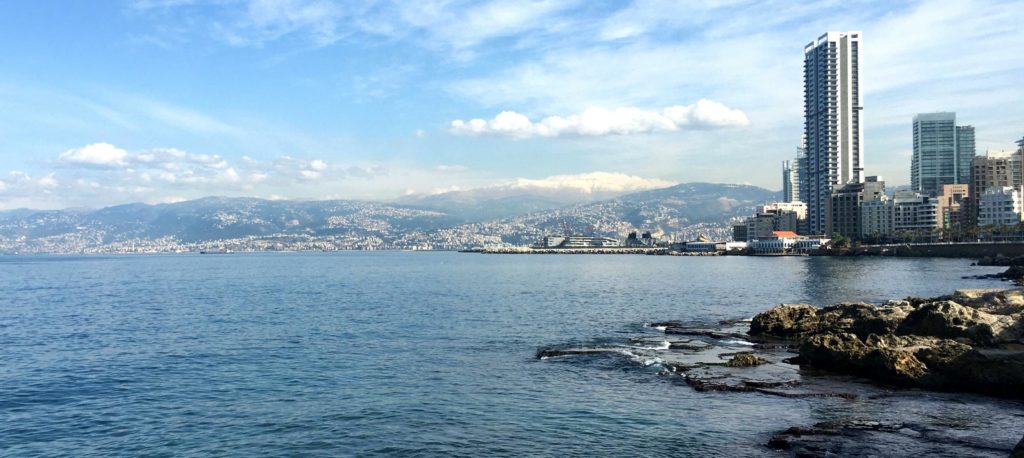
Every morning, the concierge at my hotel in Beirut would say “Hi. Keefak. Ça va?” This is how Lebanese people speak: Mixing English, Arabic and French in one greeting. All three are official languages. I got used to signs, menus and currency written in three languages. If my taxi driver couldn’t speak English, I tried French. After a crash course in Arabic at a local language school, I was ready to talk to everyone. And Lebanese love to talk!

In most places, people make small talk about the weather. In Beirut, the #1 topic of conversation is the traffic — and the politicians who are to blame. With no public transit and narrow streets blocked by double-parked cars, it’s no surprise that traffic jams and gridlock are common. I did a lot of walking in Beirut because it was faster than taking a taxi.

If you’ve read the news recently, you know that Lebanon has problems. The banks don’t have liquidity, the government is corrupt, and the Syrian conflict is spilling over into Lebanon. Meanwhile, Lebanon is hosting at least 1.6 million Syrian refugees. That’s a lot of people added to a country that was only 6 million to begin with. Click here to see a demonstration that I accidentally walked into one afternoon. I stayed upwind of the tear gas, so I was fine.

In spite of the traffic, the demonstrations, the tear gas and the refugees, life goes on in Beirut. Food is consistently fresh and delicious. Local wines are excellent. The same fellows seen at the beach in the afternoons are sitting at bar stools in the evening.
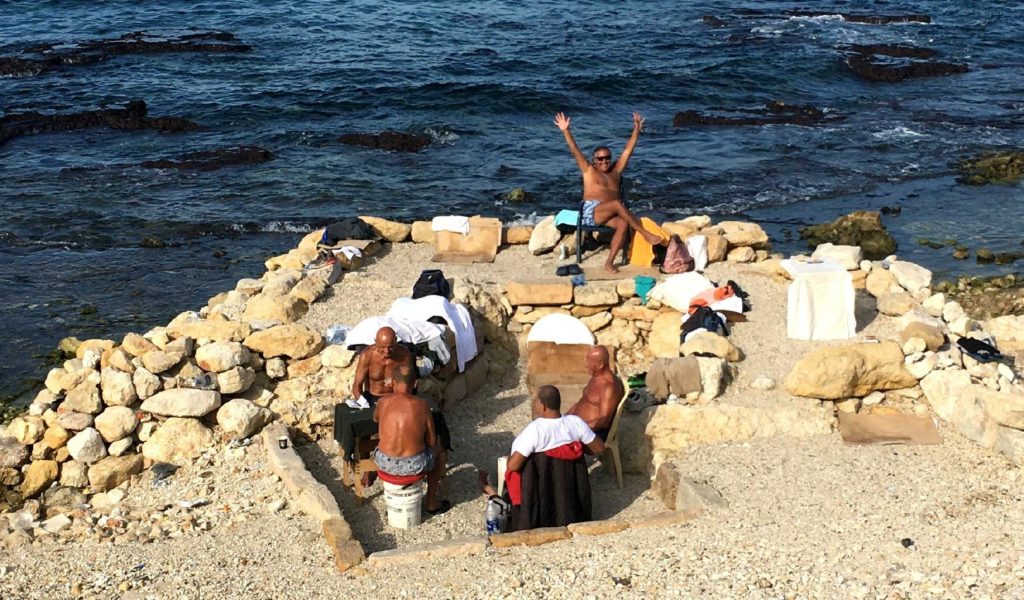
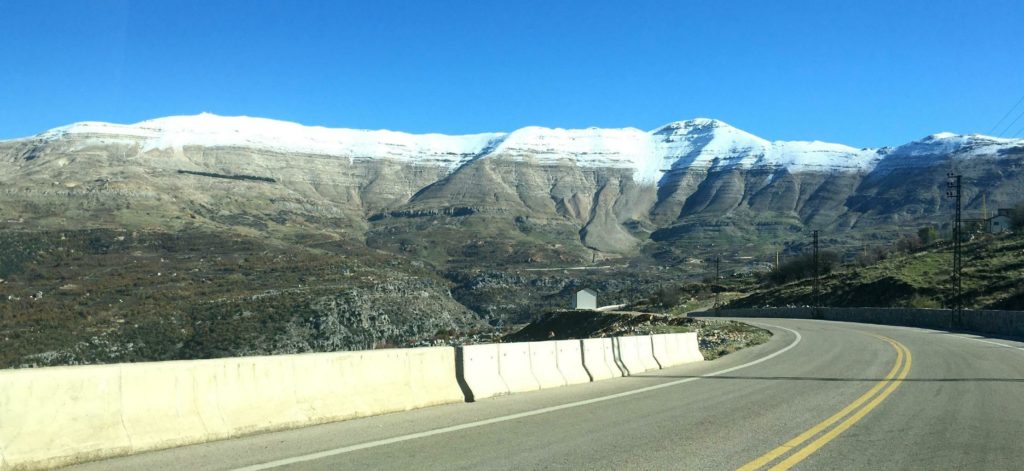
Lebanon is just 225 km from north to south, with Beirut in the middle. A good way to see Lebanon is to base yourself in Beirut and find someone with a car. Last year, while scuba diving in Indonesia, I made friends with a very hospitable and generous Lebanese fellow named Nassib, who offered to be my guide if I ever visited his country. (Traveler’s advisory: Be careful about making offers like this to me. I’m likely to take you up on it!) Nassib gave me two days of his time to show me the best of his country. We started by driving over the snow-capped Lebanon Mountains to the Beqaa Valley, which, for you geologists, is created by the transform fault that separates the Arabian Plate from the African Plate.
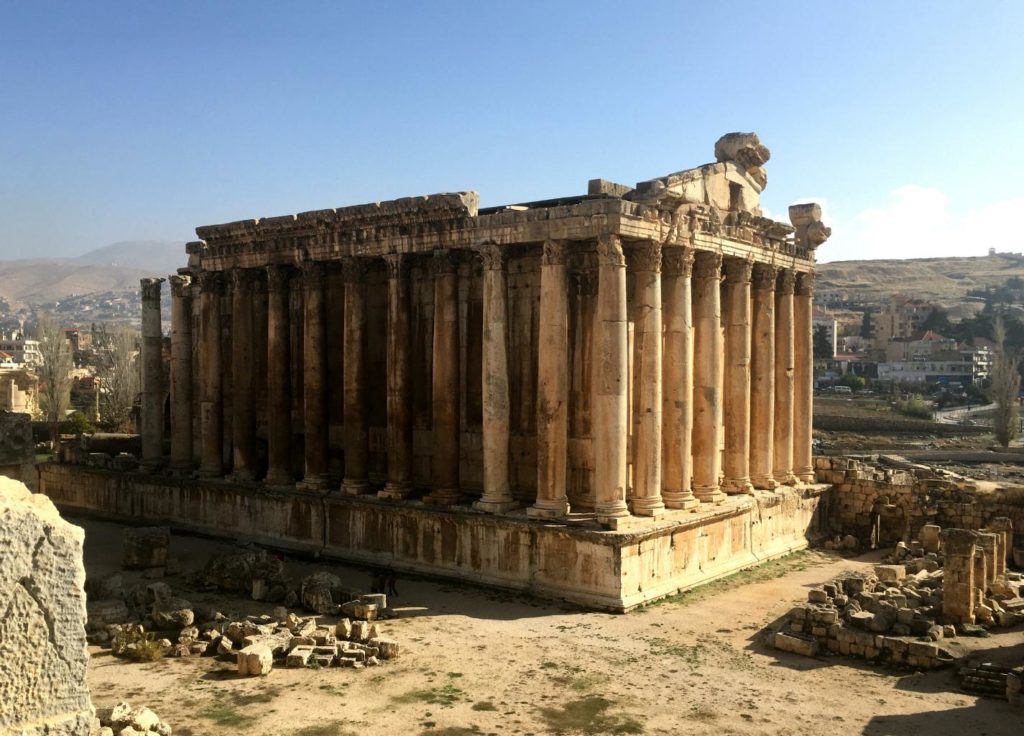
The Romans recognized that the fertile, well-watered Beqaa Valley was a good place to build a city. Today, the Baalbek temple complex is one of the best preserved Roman archaeological sites in the entire Mediterranean region. It’s one of the must-see sites in Lebanon. If you go there on a Monday morning in mid-December, you’re likely to have the place to yourself.
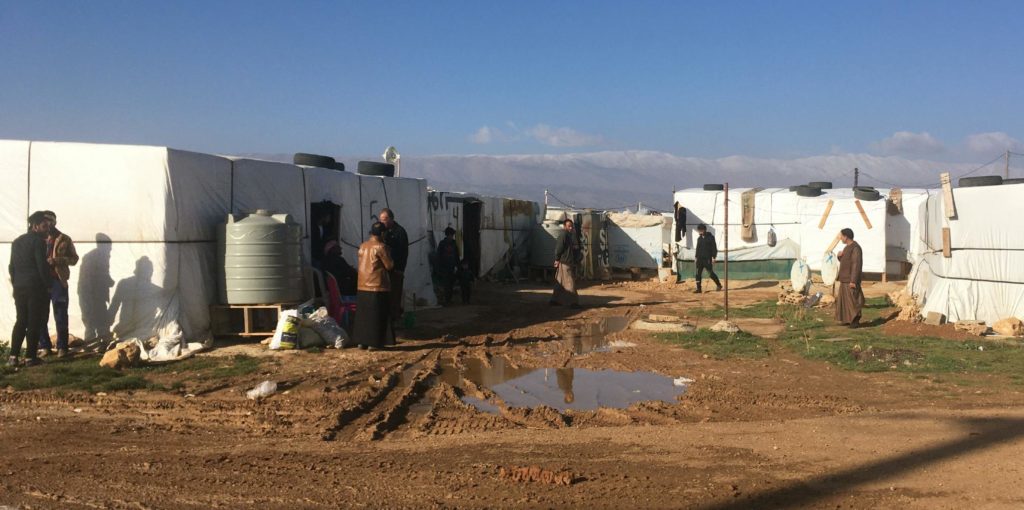
Today, the Beqaa Valley is where many of Lebanon’s 1.6 million Syrian refugees are living. These camps look very much like the camps I visited in Iraq earlier this year. It’s not a pretty picture, and there is no easy solution.
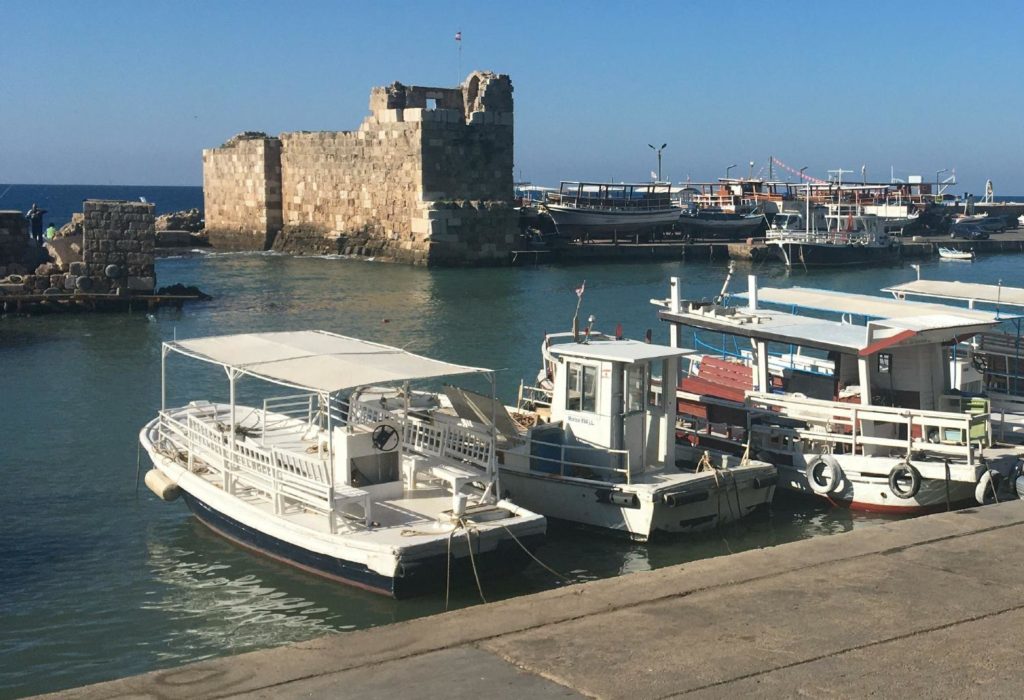
Another must-see site in Lebanon is the town of Byblos, a strategic, natural port that’s been continuously inhabited for 8000 years. The archaeological sites in Byblos contain evidence of many of the 20 civilizations that have come and gone on this land. By the way, did you know that when the Romans came to Lebanon, they founded the world’s first law school in Beruit?

The third must-see site that Nassib took me to was the Jeita Grotto. (Since cameras aren’t allowed inside this cave, I’ve borrowed a photo from their website.) Among other superlatives, this cave contains the world’s largest known stalactite. Jeita Grotto was nominated for the 7 Natural Wonders of the World, I’ve been inside of a lot of limestone caves in my travels. This cave is one of the most beautiful ones I’ve ever seen. It should’ve won.
I enjoyed my 10 days in Lebanon. It’s an exciting and interesting country. But it’s not where I’m spending Christmas. As I’m posting these photos, I’m already in a very traditional Christian country nearby. Stay tuned for the next installment.

Love the networking opportunity with Nassib via scuba diving!
A fascinating country, thanks for sharing your 10 day travels.
p.s. from afar, a love of mine, exotic Lebanese spices and dishes.